Washington D.C. – The India US Trade deal has reached a critical juncture as White House officials confirm that negotiations are nearing completion. With President Donald Trump and Prime Minister Narendra Modi maintaining a strong bilateral relationship, the much-anticipated trade agreement is expected to be announced soon, marking a significant milestone in Indo-Pacific economic cooperation.
White House Confirms Progress on India US Trade Deal
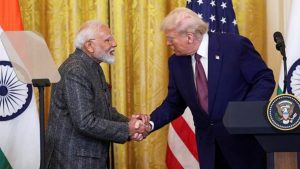
During a recent press briefing, White House Press Secretary Karoline Leavitt provided encouraging updates on the India US Trade deal negotiations. She emphasized that President Trump maintains a “very good relationship” with Prime Minister Modi, describing India as a “strategic ally” in the Indo-Pacific region. The official confirmation comes as both nations work to finalize the comprehensive trade agreement.
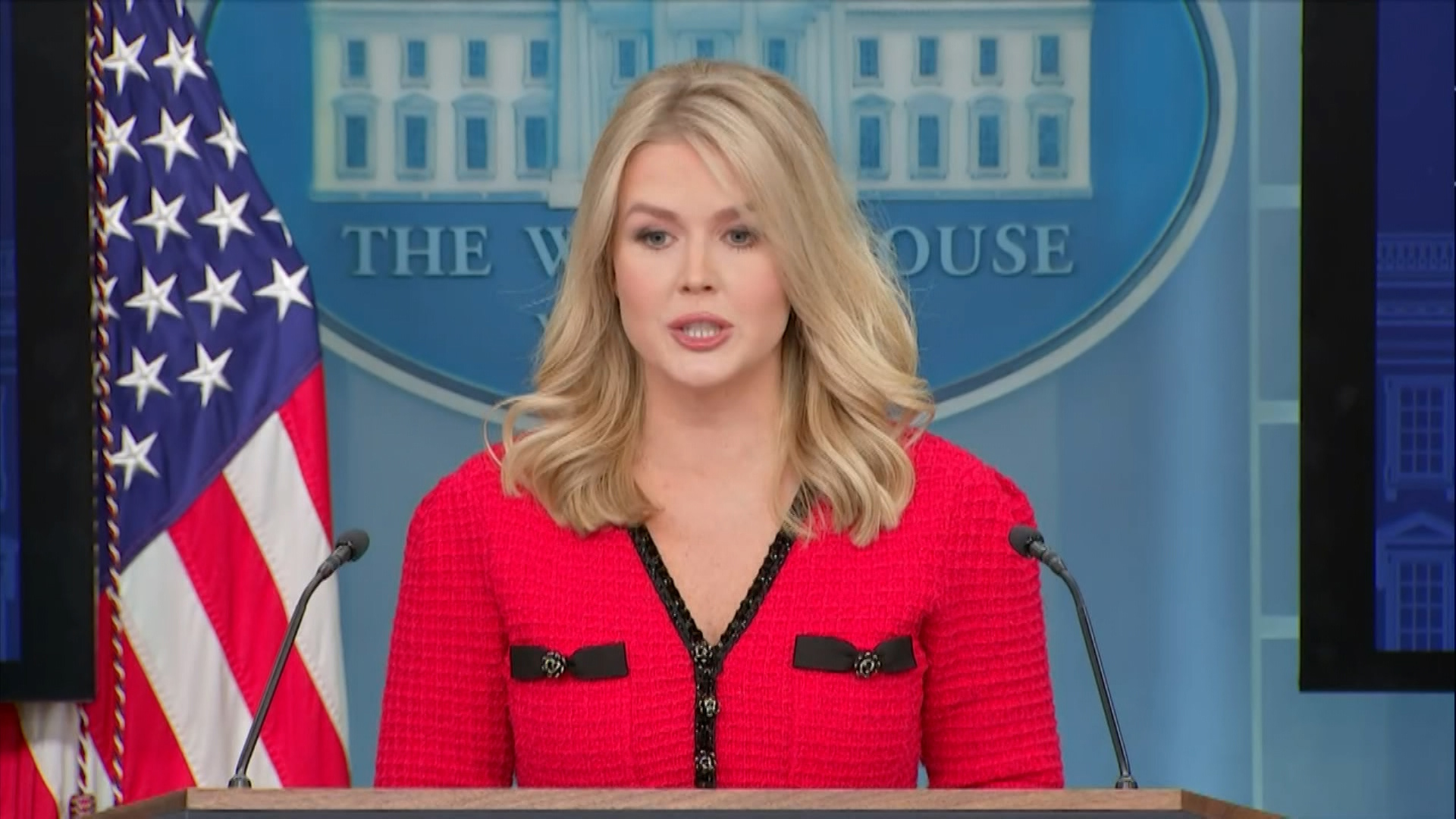

Leavitt revealed that she had consulted with the Secretary of Commerce, who was present in the Oval Office with President Trump discussing the India US Trade deal. The high-level attention to these negotiations demonstrates the priority both administrations place on strengthening economic ties between the world’s largest democracies.
Strategic Alliance in the Indo-Pacific
The India US Trade deal represents more than just economic cooperation; it symbolizes a strategic partnership in the Indo-Pacific region. As global geopolitical dynamics continue to evolve, particularly with China’s growing influence in the region, the United States views India as a crucial ally in maintaining regional stability and promoting democratic values.
The timing of the India US Trade deal announcement coincides with External Affairs Minister S. Jaishankar’s visit to the United States for the QUAD Foreign Ministers’ Meeting. The QUAD alliance, comprising Australia, India, Japan, and the United States, focuses on promoting a free, open, and resilient Indo-Pacific region. This multilateral framework provides additional context for the bilateral India US Trade deal negotiations.
QUAD Summit and Diplomatic Momentum
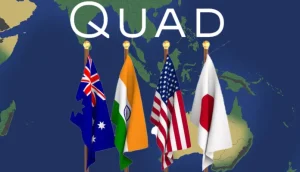

President Trump’s acceptance of Prime Minister Modi’s invitation to attend the upcoming QUAD Summit in New Delhi has added diplomatic momentum to the India US Trade deal discussions. Foreign Secretary Vikram Misri confirmed that Trump expressed excitement about visiting India, indicating the positive trajectory of bilateral relations that could facilitate the trade agreement’s finalization.
Also Read: Nirmala Sitharaman Spain Visit: 5-Day International Tour Begins
The India US Trade deal negotiations have benefited from this diplomatic goodwill, with both leaders demonstrating commitment to strengthening economic partnerships. The QUAD framework, which originated as a humanitarian response to the 2004 Indian Ocean tsunami, has evolved into a comprehensive strategic alliance that encompasses trade, security, and regional cooperation.
Recent Bilateral Trade Negotiations
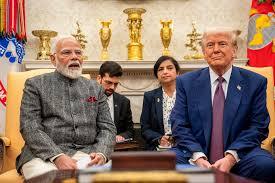

The latest round of India US Trade deal negotiations began on June 26, with Indian officials arriving in Washington for intensive two-day discussions. The Indian delegation, led by chief negotiator and special secretary for commerce Rajesh Agrawal, focused on addressing existing trade disputes and establishing frameworks for the interim agreement.
These negotiations represent a crucial phase in the India US Trade deal process, as both nations work to resolve outstanding issues before the United States implements country-specific reciprocal tariffs on imports from 57 countries, including India, starting July 9. The urgency of these discussions reflects the mutual interest in avoiding trade disruptions that could impact bilateral commerce.
Addressing Tariff Disputes and Trade Barriers
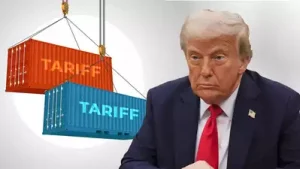

A significant component of the India US Trade deal involves resolving existing tariff disputes that have affected bilateral trade. India is seeking the rollback of all current and planned retaliatory tariffs, including a 26% reciprocal tariff that comprises a 10% duty implemented on April 5 and an additional 16% scheduled to begin July 9.
The India US Trade deal negotiations also address safeguard duties currently being challenged at the World Trade Organization. These include 50% tariffs on steel and aluminum and 25% duties on automobiles and auto parts. India expects the United States to lower its most favored nation tariffs proportionately in exchange for concessions on trade barriers.
Early Harvest Agreement and Timeline
Sources familiar with the India US Trade deal negotiations indicate that most elements of a preliminary agreement have been resolved by technical negotiators. However, final decisions on remaining differences require political leadership input, suggesting that high-level diplomatic engagement will be crucial for the agreement’s completion.
The India US Trade deal is structured as a phased approach, with an early harvest deal expected to form the basis for the first phase of a Bilateral Trade Agreement by September or October 2025. This timeline allows both nations to address immediate trade concerns while establishing frameworks for more comprehensive negotiations.
Long-term Trade Objectives
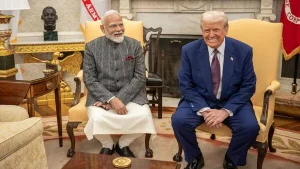

Following the initial India US Trade deal phase, both countries plan to begin negotiations for a full-fledged free trade agreement. The ambitious goal is to double bilateral trade to $500 billion by 2030, representing a significant expansion of economic cooperation between the two nations.
The India US Trade deal framework encompasses various sectors, including technology, pharmaceuticals, agriculture, and manufacturing. This comprehensive approach reflects both countries’ commitment to creating a robust economic partnership that benefits businesses and consumers on both sides.
Political Leadership and Final Resolution
While technical negotiations on the India US Trade deal have progressed significantly, final resolution depends on political leadership decisions. Two major sticking points continue to require high-level attention, though negotiators have expressed optimism about reaching mutually acceptable solutions.
The India US Trade deal represents a culmination of years of diplomatic engagement and economic cooperation between the two nations. As both countries prepare for the final phase of negotiations, the strong personal relationship between President Trump and Prime Minister Modi provides a foundation for successful completion of this landmark agreement.
The imminent announcement of the India US Trade deal will mark a new chapter in Indo-Pacific economic cooperation, strengthening strategic partnerships and promoting regional stability through enhanced commercial ties.

